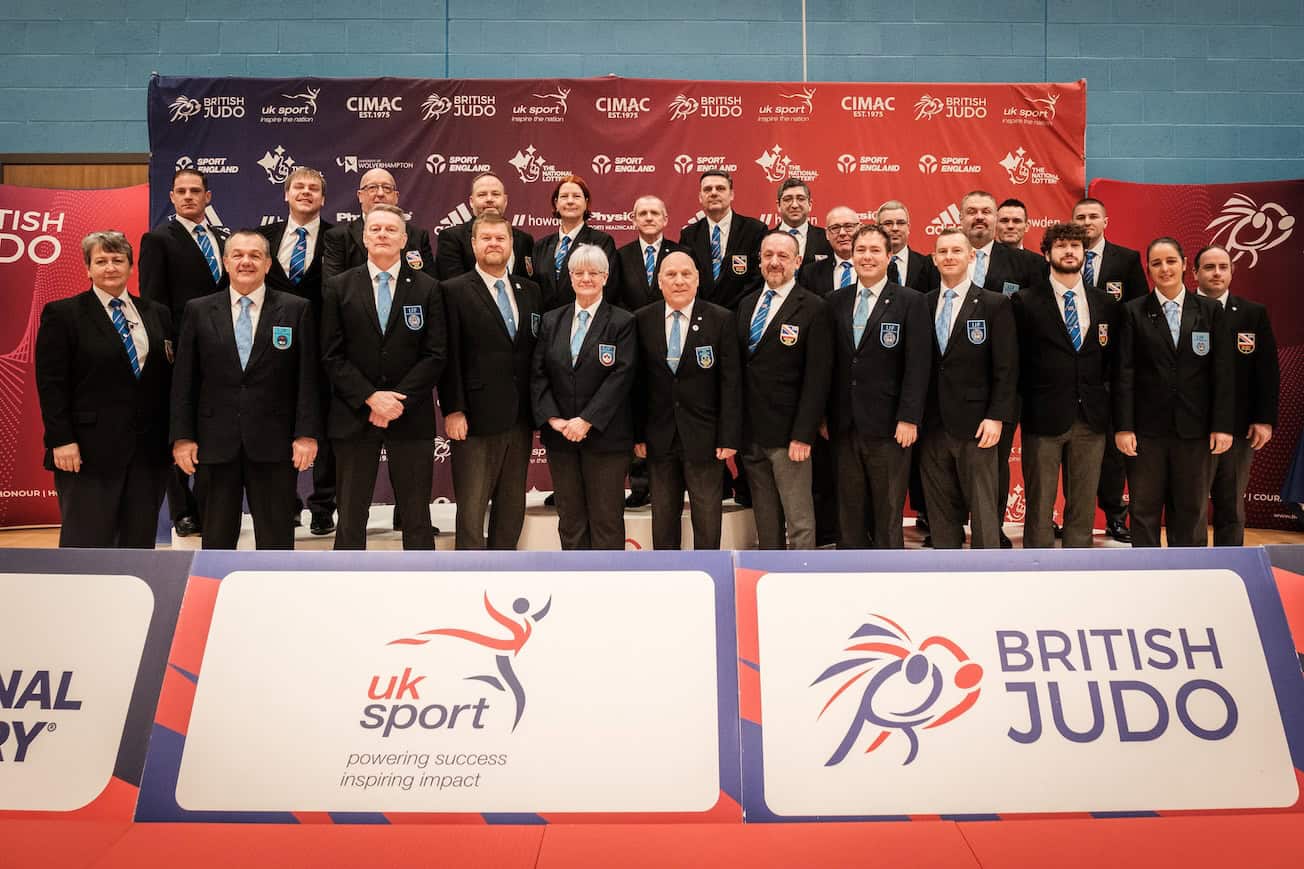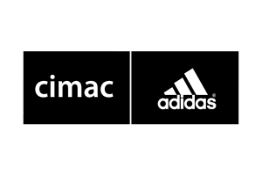Nicole Nunn is the British Judo Regional Delivery Manager for London and the South. For nearly 5 years she has helped support and grow clubs across the capital and North and Eastern Home Counties.
Over the last year I’ve been contacted by half a dozen or so clubs who are starting to face issues around finance. For a lot of clubs that don’t own the facility they operate in, most of these issues come about because of increased venue hire or they need to pay rent in advance for the sessions they run. Coaching fees/expenses also increase as a club develops and more sessions and opportunities are required for player development. Additionally we encourage clubs to invest more into their volunteers, paying for their CPD (continual professional development) and training, which can also be a sizeable part of a club’s budget.
We’ve started to look at ways in which we can help clubs of all sizes reduce these financial pressures and ultimately make them more financially sustainable in the long run. If you look at most other sports they have moved away from putting fees into a money tin each session and on to slick monthly, termly or quarterly payment systems. Although they recognise that they are still ‘community sport providers’, they’ve also accepted that they have to run as a small businesses in order to continue what they currently offer and more.
Benefits
It might sound a bit daunting for many clubs, moving from their current system to a Direct Debit or Standing Order system, but it is really straight forward. The clubs I have worked with that have introduced this have seen massive benefits, and I can confidently say that none of them have seen a decrease in their membership, in fact quite the opposite! As well as seeing more people on the mat participating, clubs that have switched have also benefited from:
- The assurance of how knowing how much income they have on a month to month basis
- Built up their financial reserves giving them more negotiation power for loans and grants applications
- Increased financial independence giving them the ability to plan and budget for activities well in advance
- Freeing up their volunteers’ workload as they are no longer chasing people for mat fees or taking cash to the bank
- Gaining a greater understanding into the value of what they actually offer for what they charge
I’ve had some very positive feedback from the club’s that have taken part in this, but there have naturally been a lot of questions as well. Some members might question that there is an overall increase in their fees from the switch, but clubs can offset that by saying that if they are paying for four weeks’ worth of judo, and there is a month with five weeks in it, they get that fifth week free.
Alternatively, a club can offer a separate slightly discounted rate for those that train twice a week from those that only go once a week. There are a lot of opportunities clubs can use around this. It can be very flexible.
Club’s need to understand that in order to survive and thrive in the current climate they need to operate as mini-businesses and adopting a periodic payment system is the first step on that path.
Bishop Stortford Judokwai one of four clubs that I’ve help switched payment systems.
How to set up it up
First of all you need to carry out some thorough research as to which payment system will work best for your club as there are differences between direct debits and standing orders. A standing order is a regular payment that you can set up to pay other people, organisations or your other bank accounts. A direct debit can only be set up by the organisation to which you’re making the payment.
We felt that a standing order or transfer was the best option for our club, Bishops Stortford. Setting up a standing order means that the responsibility of maintaining the relationship between the payment and the club lays with the customer (parent/player).
Once the club committee are in agreement, the club treasurer will be responsible for ensuring that a robust admin process is in place and will liaise with the clubs bank/building society for the best way to manage the account. Establishing your club’s account on-line will allow you to easily see if payments have been made.
Summary of steps
Step 1 – Research what payment options are available to your club
Step 2 – Meet with the bank/building society and get their advice and decide how you want to receive the fees Cash/Direct Debit/Standing Order/Transfer Decide on what the charge/charges will be
Step 3 – Decide when the new payment system will take effect from
Step 4 – Give two months’ notice to all current members in writing regarding the change in method of payment and the new fee’s being applied. Also give gentle reminders of the new process on the run up to transition day
Step 5 – Two weeks before launch date notify all members with the official forms (Direct Debit) or bank details (Standing Order/Transfer)


























